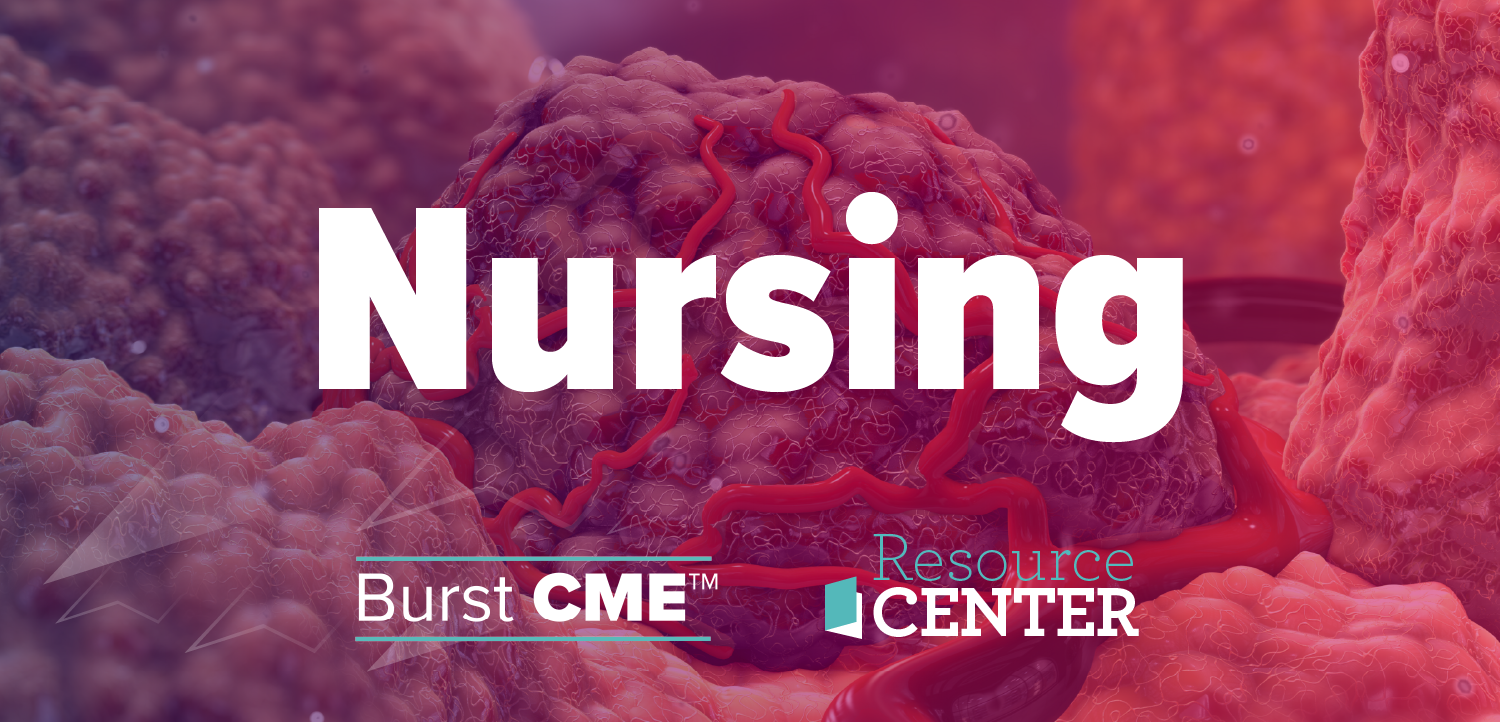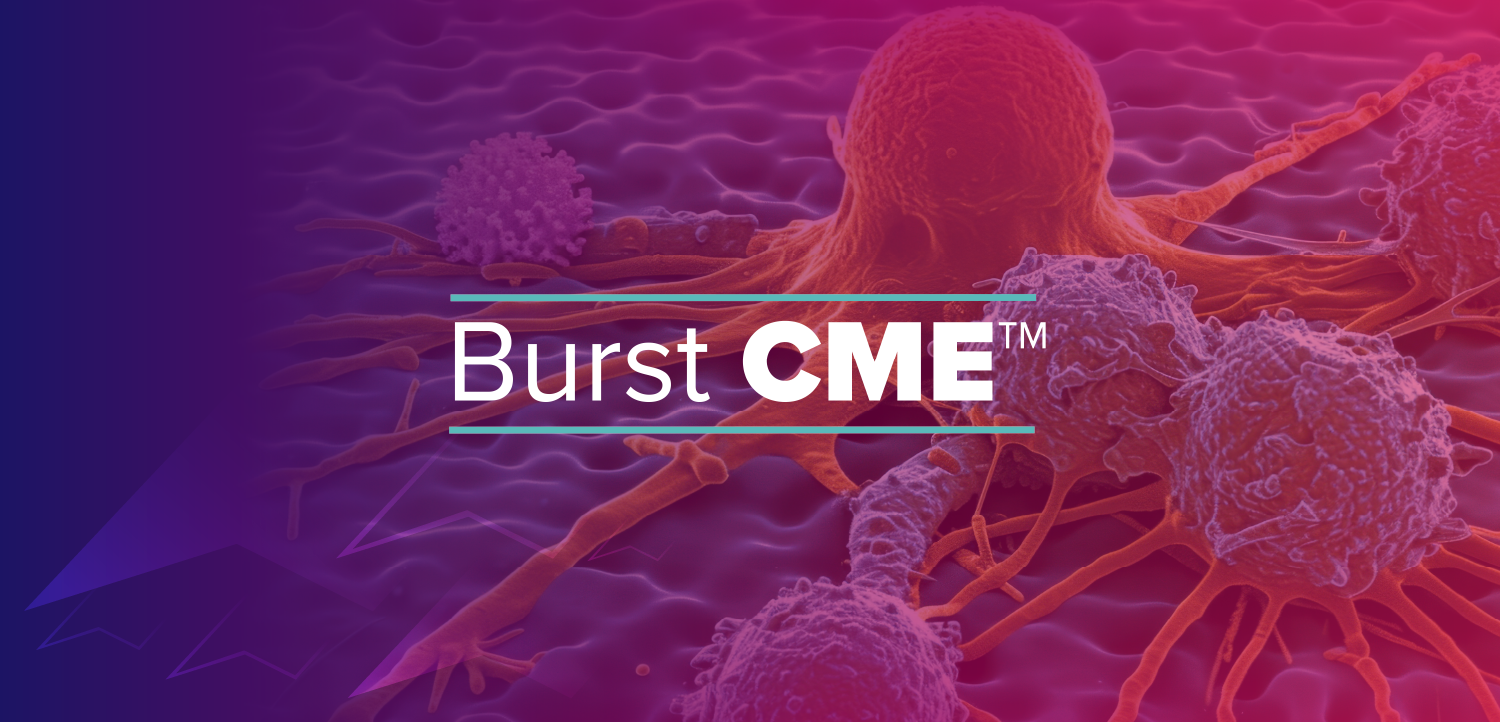
Recurrence Low After BCS and Endocrine Therapy for Luminal Breast Cancer
Findings from the LUMINA study indicate that it may be feasible to omit radiotherapy in patients 55 years and over with T1N0, grade 1/2 luminal A breast cancer.
Investigators noted a very low 5-year recurrence rate in patients 55 years and over with T1N0, grade 1/2 luminal A breast cancer following treatment with breast-conserving surgery (BCS) and endocrine therapy, according to data from the LUMINA study (NCT01791829).
Investigators observed local recurrence in 10 of 500 eligible patients at 5 years following enrollment on the study, with a cumulative incidence rate of 2.3% (90% CI, 1.3%-3.8%; 95% CI, 1.2%-4.1%); the upper boundary of the CI was lower than 5%, the study’s prespecified boundary. In total, all recurrences were invasive, 6 of which were true or marginal, and 4 resided elsewhere in the ipsilateral breast.
Among those with recurrent disease, subsequent treatments included further breast conserving surgery (n = 4) and mastectomy (n = 6).
“Since the era of early trials, conducted 40 years ago, that showed the efficacy of postoperative radiotherapy, a lower incidence of ipsilateral breast cancer recurrence has been observed over time,” the investigators wrote. “It is conceivable that many patients at low risk for local recurrence can be cured with surgery and endocrine therapy alone. Consequently, improving care by omitting radiotherapy is a goal in the treatment of patients in whom the risk of local recurrence is minimal, thereby avoiding the short- and long-term [adverse] effects of radiotherapy.”
The single-group, prospective, multicenter cohort study included a population of patients with early-stage disease who had received BCS and were at a low risk for local recurrence. To be considered for the study, patients needed to be 55 years old or higher and have been diagnosed with invasive disease. Moreover, patients needed to have a primary tumor that was no more than 2 cm in diameter, margins of at least 1 mm following surgery, and negative axillary lymph nodes. Additional inclusion criteria outlined that tumors needed to be estrogen receptor positive, progesterone receptor positive, and HER2 negative.
Patients also needed to have a Ki67 positivity of 13.25% or less, which is consistent with the luminal A subtype. Those who exceeded the aforementioned Ki67 positivity rate and had the luminal B subtype went on to receive off-study treatment based on the local investigator’s judgement.
Exclusion criteria included lobular disease, clinical or pathological evidence of direct extension to the chest wall or skin, multifocal or multicentric disease, grade 3 histology, extensive intraductal component, or proof of lymphovascular invasion.
A total of 740 patients met the study’s eligibility criteria and registered, 500 of whom went on to be part of the intension-to-treat analysis. The median patient age was 67.1 years (IQR, 62.9-71.6), with 11.6% of the population being older than 75 years. Patients also had a median tumor size of 1.1 cm. Approximately half of all patients received an aromatase inhibitor (59%) or tamoxifen (41%), while 8 patients were never treated with endocrine therapy. A total of 82.7% of those treated with endocrine therapy were still undergoing treatment as of their last follow-up.
In terms of other breast cancer events, investigators reported a 5-year cumulative incidence of contralateral breast cancer of 1.9% (90% CI, 1.1%-3.2%), as well as 2.7% (90% CI, 1.6%-4.1%) for recurrences overall. Additionally, the 5-year disease-free survival rate was 89.9% (90% CI, 87.5%-92.2%), and the overall survival rate was 97.2% (90% CI, 95.9%-98.4%). Investigators reported that there were 13 deaths, 1 of which was related to breast cancer.
Reference
Whelan TJ, Smith S, Parpia S, et al. Omitting radiotherapy after breast-conserving surgery in luminal A breast cancer. N Engl J Med. 2023;389:612-619. doi:10.1056/NEJMoa2302344
Newsletter
Stay up to date on recent advances in the multidisciplinary approach to cancer.































































































